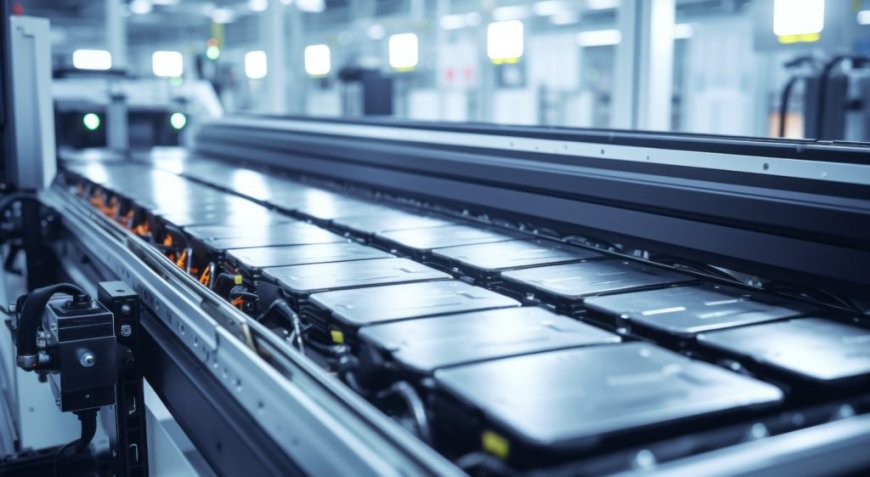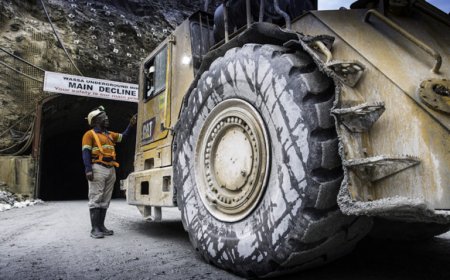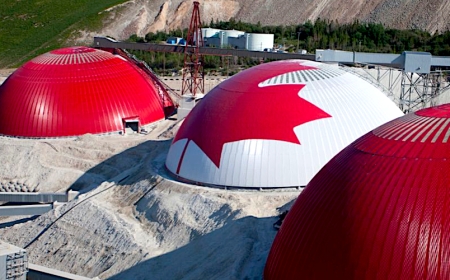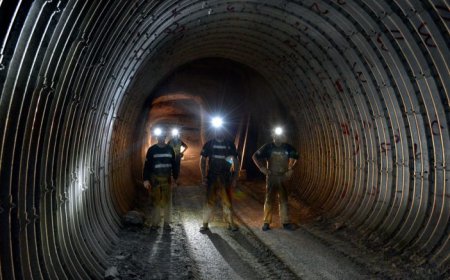EV batteries with nickel get boost in China after prices retreat
China’s electric-vehicle market is offering a tentative challenge to the shift toward batteries with no nickel or cobalt.


For years, battery and auto manufacturers have moved away from nickel-bearing batteries to cut costs and reduce supply risks. But there’s now growing interest in a type of nickel battery that’s cheaper because it contains a bit less of the metal, while still retaining a high energy density and driving range.
Contemporary Amperex Technology Co., the world’s top battery maker, is among producers supplying what’s known as “medium-nickel, high—voltage” batteries. Technological tweaks, a dramatic price slump for battery materials, and shifting consumer preferences have all encouraged the format.
“It seems to be a strategic play to keep NMC alive for longer and offer a differentiated product for both the domestic and export markets,” said Aaron Wade, head of battery costs at CRU Group. NMC stands for nickel-manganese-cobalt, the main type of nickel-bearing cell.
Chinese carmakers including Xiaomi Corp., Li Auto Inc. and the Zhejiang Geely Holding Group Co.-backed Zeekr are already using the medium-nickel, high voltage batteries, according to Shanghai Metals Market, while South Korea’s LG Energy Solution Ltd. is expecting to start production next year. CNGR Advanced Material Co., a major supplier of battery materials, said their adoption could be an “important force” for the EV sector as drivers seek longer driving range.
China’s EV and battery giants have typically spearheaded changes in the mix of battery chemistries, reacting swiftly to changes in commodity markets or driver requirements. An earlier era of sky-high nickel and cobalt prices — along with fears of shortages — drove the move toward LFP, which stands for lithium-iron-phosphate, and away from NCM.
But since then, prices for the metals have collapsed. LG Energy, the South Korean battery maker, said mid-nickel, high-voltage batteries could bring down costs by 10%, with enhanced energy density and thermal stability.
Slower transition
“A few years ago, it was the expectation that mid-nickel cathodes would be all but replaced in the coming years,” said Iola Hughes, head of research at consultancy Rho Motion. “Now the low cobalt price and safety concerns with high-nickel have slowed this transition dramatically.”
The medium-nickel share of NMC production in China has surged to nearly 60%, from around 40% in early 2023, according to CRU. Analysts say that’s helping at least to slow the march of LFP, and throwing some uncertainty into how battery technology will evolve.
“For now, the mid-nickel, high voltage batteries are used mainly in the Chinese domestic market in middle and high-end models,” said Jared Zhu, senior consulting project manager at SMM. “We can see the increasing trend in the ex-China market as well,” he said, adding that the cells “can compete with the LFP battery, to some extent.”
Historically, mid-nickel chemistry could only operate at lower voltage levels relative to high nickel. But a number of technical changes have enabled this type of battery to operate more safely and sustainably at higher voltages.
Nickel prices are languishing at relatively low levels near $16,000 a ton amid a supply glut , while cobalt has fallen to the least in almost eight years and lithium is hovering around the lowest level since 2021. That means overall battery costs are much cheaper, but in a fiercely competitive market, carmakers still need to adjust for cost and performance.
“In the long term, as downstream applications seek a balance between high-energy density and cost-effectiveness, the two routes of LFP batteries and ternary material batteries will co-exist and develop together,” CNGR said in a statement with its first-half earnings.



















